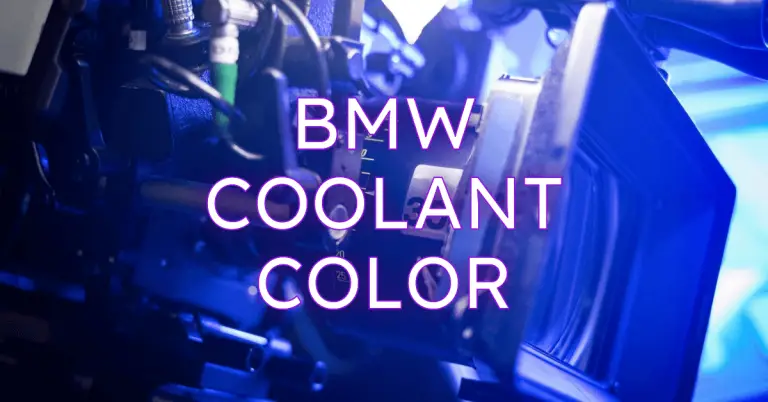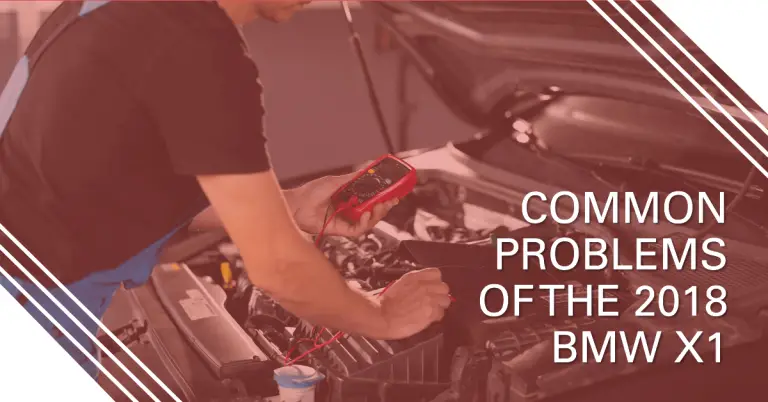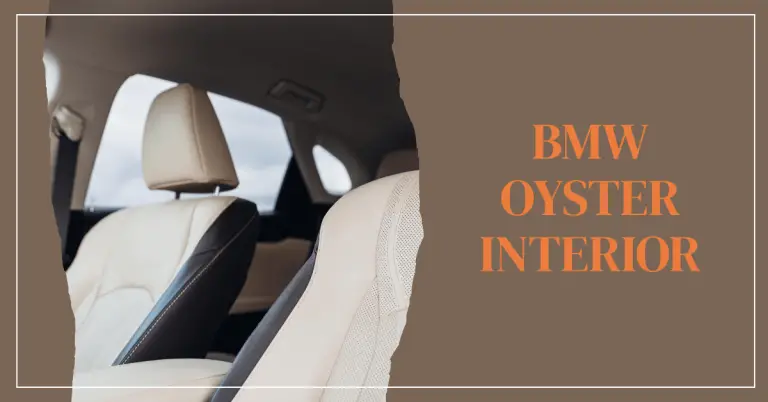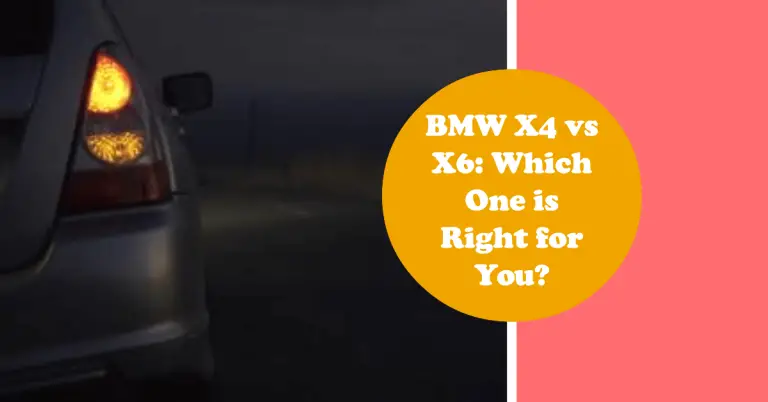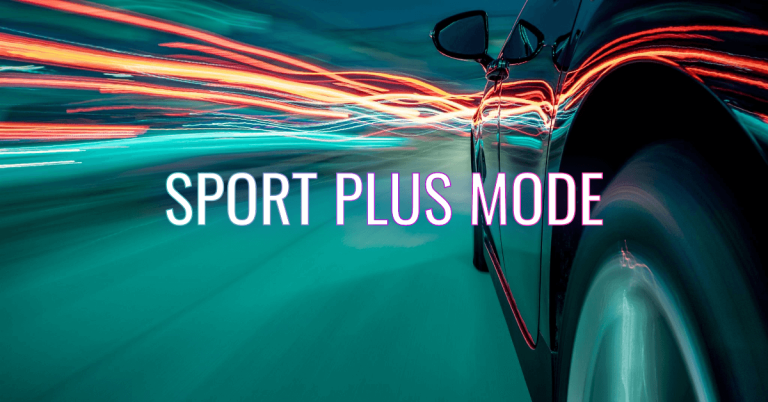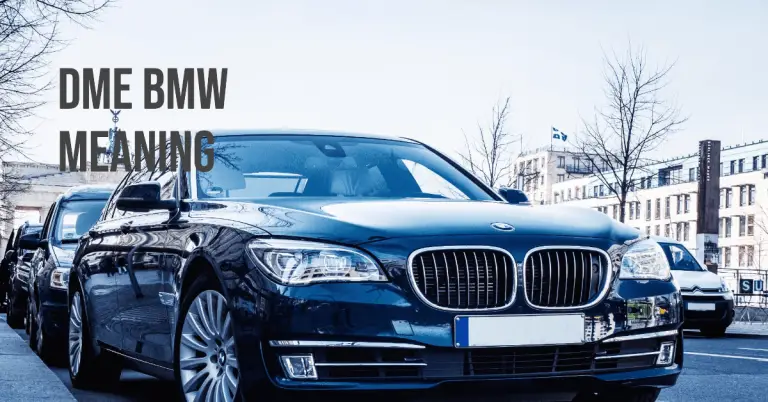BMW Mineral White vs Alpine White: What’s the Difference?
Are you trying to decide between BMW’s two popular white paint colors, Alpine White and Mineral White? Struggling over which crisp white or warm white tone suits your BMW best?
You’re not alone. Many BMW shoppers find themselves debating between Mineral White and Alpine White when configuring their dream bimmer.
The final choice ultimately comes down to personal preference between the two whites. But understanding the differences can help you make the best decision.
In this detailed guide, we’ll cover everything you need to know about BMW’s Alpine White and Mineral White, including:
- How the whites compare aesthetically in brightness, tone and metallic effect
- Cost differences and availability of the two paints
- Which models offer Mineral White as an option
- Styling contrasts – how they impact the look of different BMW models
- Help deciding which white fits your style and preferences
By the end, you’ll be an expert on the distinctions between these two popular BMW whites. Let’s get started!
Overview of BMW’s Two Whites: Alpine and Mineral
BMW offers buyers two choices when it comes to white paint colors:
Alpine White is BMW’s standard white paint finish. This crisp, bright white is available as a no-cost option across BMW’s lineup.
Mineral White Metallic is an optional upcharge white. It provides a warmer, more subtle white tone that elegantly emphasizes a vehicle’s contours.
Both Alpine White and Mineral White have their own unique personalities and styling characteristics. Let’s take a closer look at each.
Alpine White: Crisp, Sporty Bright White
Alpine White is the quintessential BMW white. As the standard white paint, Alpine White makes up a significant percentage of BMWs on the road today.
This is an extremely bright white paint that provides vivid contrast between light and shadow on the vehicle’s body lines and contours. Of all BMW’s white offerings, Alpine White shows off body lines the most crisply and clearly.
Enthusiasts appreciate the sporty, high-contrast look Alpine White creates, which emphasizes the vehicle’s aggressive design elements. This is especially true on performance models like the M3 and M4.
With its bright white tone, Alpine White also pairs well with black and carbon fiber accents. The high contrast pops those darker trim elements distinctly against the backdrop of the white.
Overall, Alpine White has an unmistakably clean, precise feel. There’s nothing subtle about this white—it makes a bold styling statement.
Mineral White Metallic: Warm, Creamy Pearl White
Where Alpine White is a straightforward, crisp white, Mineral White has a more nuanced, warm aesthetic. BMW describes Mineral White as having a “soft, elegant allure.”
Mineral White is infused with subtle metallic pearl pigments that provide hints of ivory, cream, and silver. This lends Mineral White a richer, more upscale personality compared to Alpine White.
In bright light, you’ll notice delicate glittering accents in the paint from the metallic pearl effect. Mineral White appears to gently radiate when illuminated.
The overall tone is a warmer, more understated white than Alpine. Rather than emphasizing contours, Mineral White elegantly softens and integrates lines and shadows for a more organic look.
With its refined, upscale pearl aesthetic, Mineral White gives BMWs a more luxurious, tailored appearance. This color is particularly well-suited to elegant luxury coupes and sedans.
Cost and Availability Differences
One key distinction between Alpine and Mineral Whites is cost. As the standard white, Alpine White comes at no extra charge across BMW’s lineup. It’s both widely available and budget-friendly.
Meanwhile, Mineral White commands around a $550 upcharge compared to Alpine White.
Availability can also occasionally be constrained for Mineral White if demand outpaces supply for BMW’s paint shop output. Alpine White tends to be more consistently stocked.
For these reasons, Alpine White makes up the majority of white BMWs you see on the streets, while the pricier, more limited Mineral White represents a small percentage.
But for some buyers, Mineral White’s upscale elegance and unique metallic sheen justifies the higher cost and potential wait. This especially rings true for luxury models where the Pearl White better suits the opulent character.
Which Models Offer Mineral White?
While Alpine White comes standard across all of BMW’s lineup, Mineral White availability is more limited. Here are some notes on Mineral White eligibility:
- 3 Series: Mineral White is available as an option on new 3 Series sedans and wagons. It cannot be chosen for the 3 Series Gran Turismo hatchback body style, however.
- 4 Series: The 4 Series coupe and convertible offer Mineral White, but it is not available on the 4 Series Gran Coupe sedan.
- 5 Series: Mineral White is optional on the 5 Series sedan and wagon (Touring). The 5 Series GT hatchback does not include it as an option.
- 7 Series: The flagship sedan offers Mineral White as a premium upgrade over Alpine White.
- 8 Series: Mineral White can be chosen on the stylish 8 Series coupe and convertible models.
- X3, X4, X5, X6, X7 SUVs: Mineral White is available across BMW’s luxury SUV lineup, both on the core models and higher-performance M SUV variants.
- 2 Series, Z4: Mineral White is not offered on BMW’s small coupes and roadsters like the 2 Series, Z4 and the Toyota Supra which is based on the Z4.
- M Models: Mineral White can be chosen on performance M variants like the M3, M4, M5, M8, X3M, X4M, X5M and X6M. Alpine White remains the standard white paint on M models as well.
- i3, i8: BMW’s electric and hybrid models have their own unique palette of paint choices. Mineral White is not available on the i3 hatchback or i8 supercar.
So in summary, Mineral White availability focuses heavily on BMW’s core luxury sedan, coupe, convertible and SUV models. Compact entry-level vehicles and BMW’s electrified offerings take a different approach to their color selections.
Styling Comparison: How the Whites Impact BMW Design
Now that we’ve covered the essential differences between Alpine and Mineral Whites, let’s do a deeper dive into how they each stylistically interact with some of BMW’s most popular models.
Alpine White’s Crisp, Sporty Contrast
Alpine White’s bright, vivid personality plays best on BMW’s performance and sport-oriented models.
For example, M cars like the M3, M4 and M5 in Alpine White accentuate the vehicles’ aggressive, motorsport-inspired design elements:
- Distinct body lines come through crisply and prominently
- Shadows appear deeper and darker
- Edges and angles look sharply defined
- The eye traces contours from front fenders to side skirts
When paired with gloss black kidney grilles, carbon fiber splitters, and shadowline trim, the high contrast effect kicks the sporty look into overdrive.
This chiaroscuro showcasing of lines and edges gives Alpine White BMWs an emphatic, extroverted visual impact. The white paint itself bisects the vehicle into zones of light and dark.
For buyers looking to create an athletic, performance-focused look, it’s easy to see why Alpine White resonates as a top choice.
Mineral White’s Subtle Elegance
Mineral White provides more restraint and sophistication compared to Alpine’s sporty assertiveness.
Rather than amplifying contours, Mineral White elegantly subdues and integrates a BMW’s lines for a more holistic impression.
The metallic sheen softens shadows slightly, providing a nuanced interplay of light across the vehicle’s surfaces. Edges stay crisp but avoid appearing overstated or disjointed from the whole.
This harmonizing effect gives Mineral White BMWs a polished, upscale presence on the road. The white takes a supporting role to the vehicle’s inherent prestige.
Luxury four-door vehicles like the 5 Series, 7 Series and X7 exemplify this refined character, where Mineral White aligns with their executive presence.
For coupes like the 8 Series and Z4, Mineral White creates an elegant, grand touring aesthetic. The metallic white downplays sportiness in favor of elevated sophistication.
Ultimately, Mineral White errs towards subtlety and integration rather than stark contrast and definition. It puts a softer, more refined spin on displaying a BMW’s intrinsic visual luxury.
Deciding Between the Two Whites
Now that you understand the key differences between Alpine and Mineral Whites, how do you choose which is right for your BMW?
Here are a few guidelines to consider:
- Performance Models = Alpine White – For M cars and BMWs with sport packages, Alpine White will emphasize the athletic, motorsport-inspired design.
- Luxury Models = Mineral White – If going for executive elegance, Mineral White adds an upscale metallic shimmer while maintaining a low-key profile.
- Personal Style – Do you gravitate towards bold looks or prefer subtlety? If the former, Alpine makes the bigger statement. For the latter, Mineral White provides understated luxury.
- Available Options – Double check your desired model offers Mineral White before falling for its charms. Alpine White comes standard across all models.
- Budget – Mineral White costs around $550 more than standard Alpine White. If sticking to a budget, Alpine provides pleasing style at no extra charge.
For many buyers, it comes down purely to personal preference between the two classic BMW whites. You can’t go wrong choosing either.
Both Alpine White and Mineral White offer timeless style that holds up beautifully year after year. Keeping your BMW looking its best in either white is simply a matter of proper care and regular detailing.
Seeing the Whites Side-by-Side
Interested to see how Alpine and Mineral Whites compare visually on actual BMW models?
Let’s look at how they style out a 3 Series sedan:
Alpine White BMW 3 Series
[photo]
Alpine White pops every contour on the 3 Series. The high contrast creates a athletic, energetic vibe.
Mineral White BMW 3 Series
[photo]
Mineral White elegantly integrates the 3 Series’s lines and shadows. The tone is more relaxed and upscale.
And here’s an 8 Series coupe in both whites:
Alpine White BMW 8 Series
[photo]
The Alpine White 8 Series turns up the visual volume with its brighter tone and crisper lines.
Mineral White BMW 8 Series
[photo]
Mineral White restraint gives the 8 Series coupe a more refined, yet still head-turning presence.
Seeing the paint colors side-by-side helps visualize the aesthetic differences between BMW’s two whites. Alpine makes a bold statement while Mineral provides understated sophistication.
FAQ
Still have some questions about Alpine White versus Mineral White for your BMW? Here are answers to some frequently asked questions:
Is Alpine or Mineral White more popular for BMWs?
As the standard no-cost white across all BMW models, Alpine White is much more widely chosen than the optional Mineral White. If you see a white BMW on the road, odds are 9 times out of 10 it’s Alpine White.
But for buyers who specifically prefer the warmer, metallic pearl aesthetic, Mineral White provides a sophisticated option. Enthusiasts in the know actively seek out this more exclusive white paint.
How do the whites compare in direct sunlight?
Sunlight provides the best showcase for observing the differences between Alpine and Mineral Whites:
- Alpine White appears crisply bright white and vivid in sunlight. Shadows come through dark and clearly delineated.
- Mineral White reveals more of its metallic sheen in direct sun. The paint radiates a warm, pearlescent glow in sunlight that is less noticeable in shade or overcast conditions.
Which white holds up better over time?
Fortunately, both Alpine White and Mineral White offer excellent long-term durability and resistance to discoloration. Properly caring for either white will keep it looking pristine for years.
That said, Alpine White’s brighter tone may require slightly more frequent washing to prevent dirt buildup from becoming visible. Mineral White’s creamier hue helps hide light dust or road grime between washes.
In terms of swirl marks and light scratches from washing and driving, Mineral White’s pearl effect helps obscure minor imperfections better than Alpine’s straightforward gloss. But keeping either BMW white swirl-free comes down to proper washing technique and care.
Conclusion
We’ve covered all the key differences between classic Alpine White and elegant Mineral White, BMW’s two most popular whites.
While Alpine White delivers a crisper, sportier contrast, Mineral White provides more relaxed sophistication.
Alpine emphasizes BMWs dynamic design elements while Mineral subtly integrates them.
Choose Alpine White for high-visibility presence with your BMW, or go with Mineral White for exclusive pearl elegance. Either option offers timeless, head-turning style.
Hopefully this detailed guide gives you the info needed to decide whether Mineral White or Alpine White is the best fit for your new BMW. Both offer gorgeous looks, with Alpine more extroverted in its styling, and Mineral more understated yet still luxurious.
Whichever you pick, proper care and regular washing will keep your white BMW dazzling for many years of driving enjoyment. Drive boldly in Alpine White or cruise elegantly in Mineral White!


